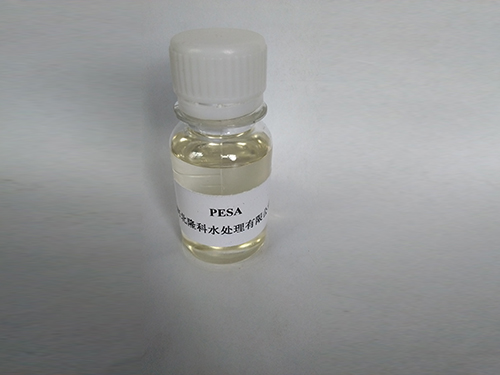coagulation and flocculation
Coagulation and Flocculation A Fundamental Process in Water Treatment
Coagulation and flocculation are essential processes in the field of water treatment, playing a critical role in ensuring the production of clean and safe drinking water. These processes involve the removal of suspended solids, colloidal particles, and other impurities from water, making them vital for municipal, industrial, and agricultural applications.
Coagulation is the first step in this treatment process. It involves the addition of chemical coagulants—typically aluminum sulfate (alum) or iron salts—to water. These coagulants neutralize the charges on suspended particles, which are normally stabilized in suspension due to their negative charges. When the coagulant is introduced, it destabilizes these particles, leading them to aggregate or clump together—a phenomenon known as coagulation. As particles combine, they form larger aggregates called flocs.
Following coagulation, flocculation occurs. This is a gentle mixing phase where the newly formed flocs are encouraged to grow larger through the slow stirring of the water. During flocculation, the aggregates collide and adhere to each other, forming even bigger flocs that can be easily removed from the water. The efficiency of this process greatly depends on the conditions under which it is performed, including the type and concentration of coagulants used, as well as the duration and intensity of mixing.
coagulation and flocculation

The effectiveness of coagulation and flocculation can be influenced by various factors. The characteristics of the water being treated, such as pH, turbidity, and temperature, play a significant role in determining the optimal conditions for these processes. For instance, adjusting the pH can enhance the solubility of coagulants and improve their performance. Moreover, the presence of natural organic matter often complicates the treatment process, necessitating careful selection and dosage of coagulants.
After flocculation, the flocs are typically separated from the treated water through sedimentation or filtration. In sedimentation, flocs settle at the bottom of a basin due to gravity, allowing clear water to be siphoned off from the top. In filtration, the water passes through various media that capture and remove the flocs. Both techniques ensure that the water is free of suspended solids and impurities, making it safe for consumption.
Coagulation and flocculation are not only limited to drinking water treatment; they are also widely used in wastewater treatment, stormwater management, and various industrial processes. The importance of these processes cannot be overstated, as they significantly enhance water quality and help to protect public health.
In conclusion, coagulation and flocculation are indispensable processes in water treatment, combining chemical and physical methods to effectively purify water. By understanding and optimizing these processes, we can better address the challenges of water quality, ensuring access to clean and safe water for communities around the world. As global water resources continue to face pressure from pollution and overuse, the significance of coagulation and flocculation will only continue to grow.
-
Water Treatment with Flocculant Water TreatmentNewsJun.12,2025
-
Polymaleic AnhydrideNewsJun.12,2025
-
Polyaspartic AcidNewsJun.12,2025
-
Enhance Industrial Processes with IsothiazolinonesNewsJun.12,2025
-
Enhance Industrial Processes with PBTCA SolutionsNewsJun.12,2025
-
Dodecyldimethylbenzylammonium Chloride SolutionsNewsJun.12,2025





